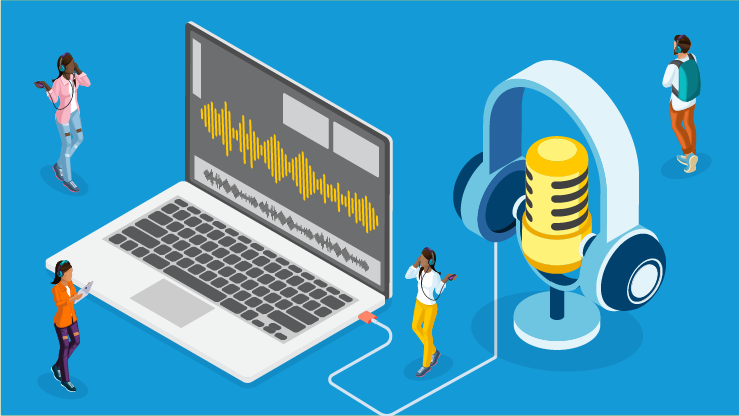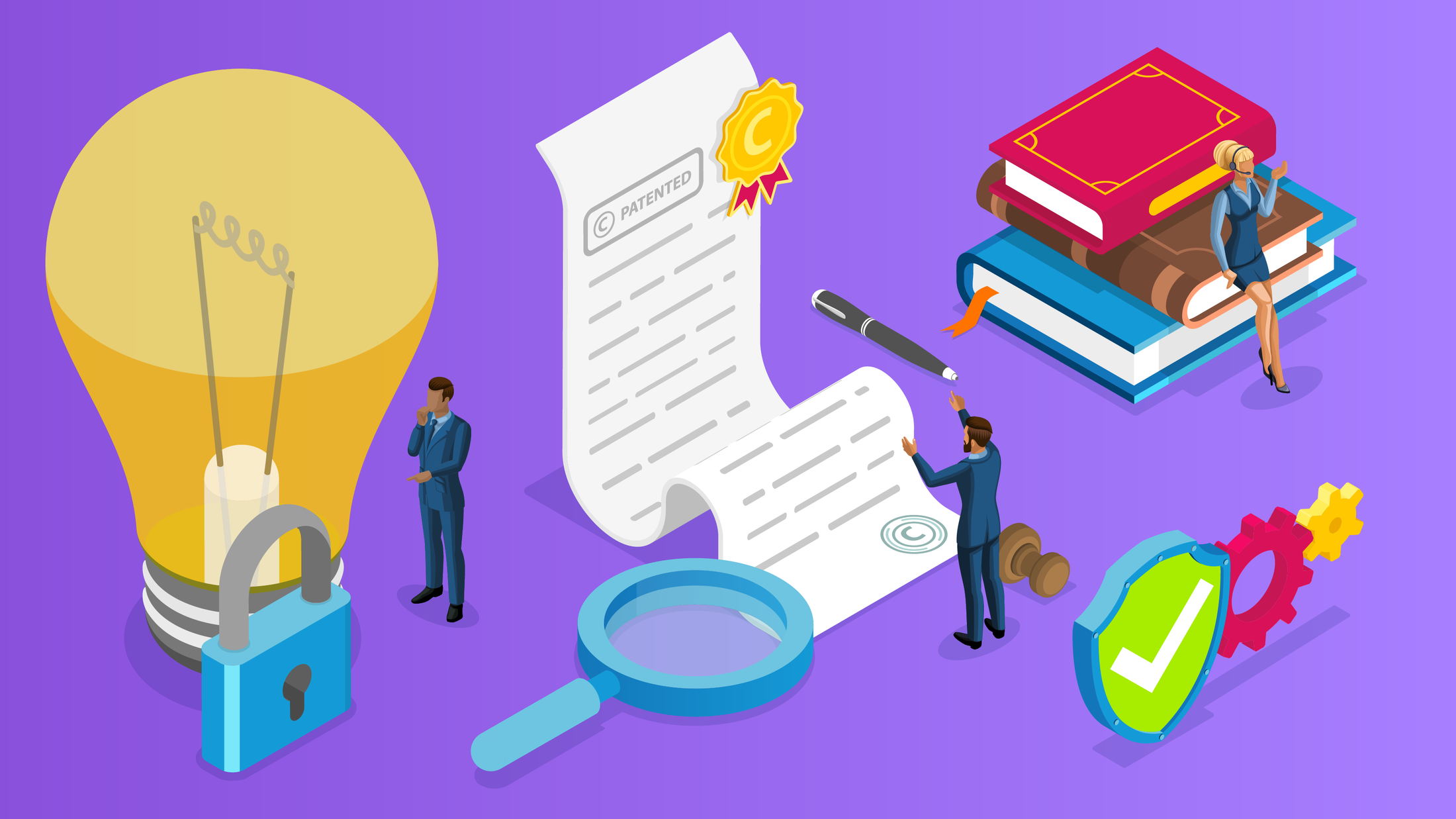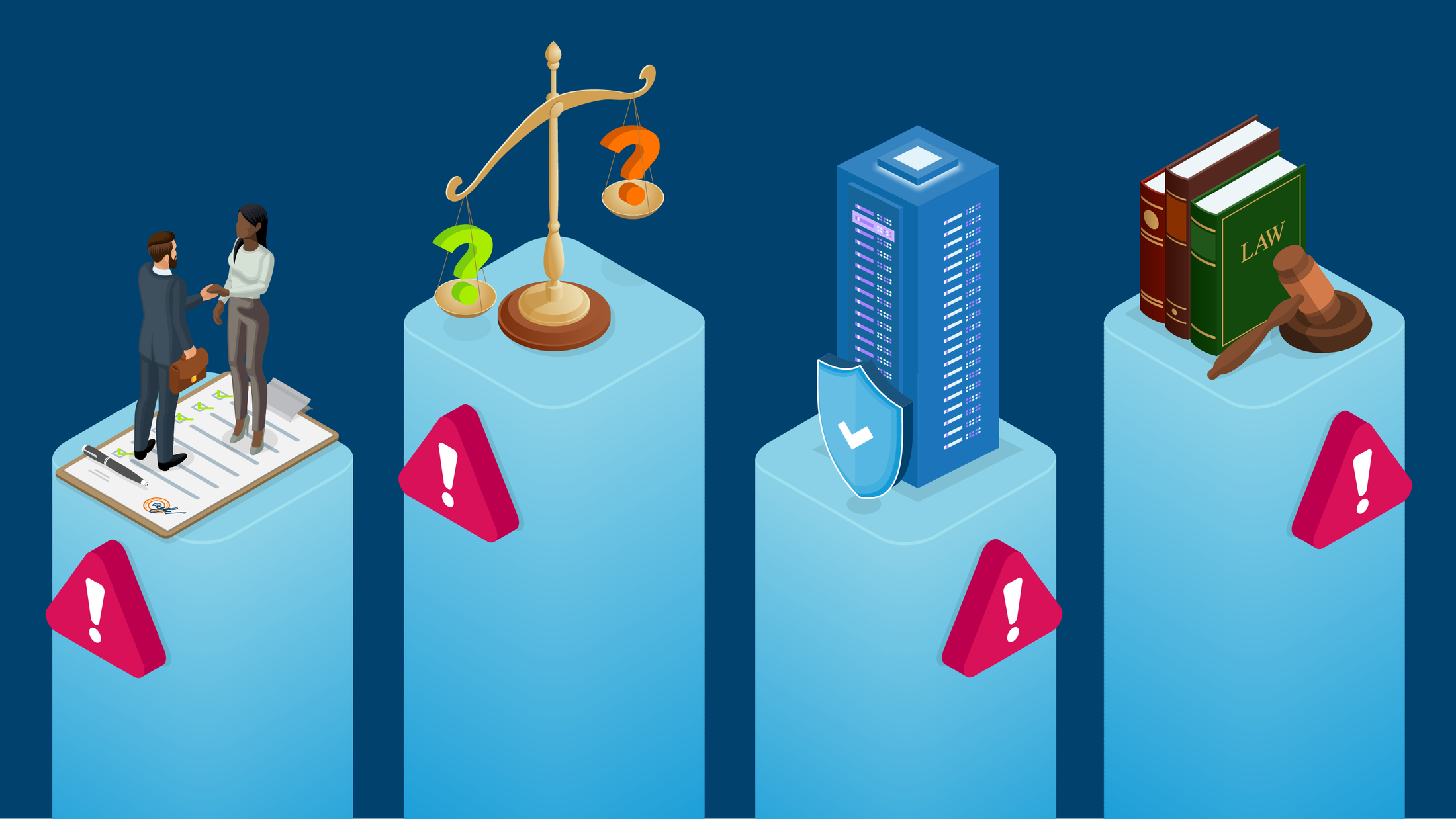ChatGPT revolutionized tasks from composing code to answering customer queries. Midjourney made it possible for anyone to create bespoke images using simple text prompts. These are two of generative AI’s household names, with countless more tools publicly available online, and more still being created by businesses for own private use. We have scribing tools making courtrooms more efficient, machine learning models improving customer experiences, programs rapidly analyzing mammoth datasets; the list goes on and on.
While this proliferation means AI tools naturally vary in their look, feel and purpose, at the same time they all have one thing in common: the unwanted by-product of intellectual property (IP) risk.
Why AI has an IP problem
To best understand how AI introduces IP risk, it’s best to look at the ‘why’ behind the entire IP system. The principal aim of IP is to encourage innovation. Without IP businesses would have fewer ways of protecting their inventions and ideas, of course creating a disincentive for innovation. The concept of IP safeguards these creative entities, enabling them to invest in development confident they’ll be able to reap the rewards of their works. However, the emergence of AI systems is posing new challenges to IP in four key ways.
-
Training data
Generative AI tools require vast volumes of training data in order to produce new content. If this data is scraped without the right licenses and a clear trail of where it’s been collected from, the AI could be infringing on existing IP. The user could find themselves facing an infringement claim, and be liable for any data collected in the eyes of the law.
-
User prompts
Users face IP risks when using their confidential data as an input prompt to AI models. AI could inadvertently learn and expose trade secrets by providing information to others, a further risk being that a company’s ownership of their own trade secrets is compromised in this scenario.
-
Technology in the tool
Current patent language isn’t written for the complexities of AI tools, which are built on computer structure—processes, algorithms, and so on. Patents can still be afforded to AI, but this challenge makes the process more difficult. While AI tools also commonly house large volumes of data, raising confidentiality challenges if that tool is integrated with other apps or third-party businesses.
-
Content output
When an AI model is used, the content it generates raises complex questions about IP ownership and IP infringement. This creates challenges for the AI system itself, the developers of AI models and the individuals or organizations themselves. Add in a final layer of complexity that there is not currently a uniformed approach territorially for AI and this becomes a high business exposure.
Breaking down the risks
It’s easy to see how these challenges can play out. If it’s not known where data has come from, how can you decide if a breach of contract has taken place? Is ownership of the content linked to your company or specifically to the AI tool and the company you purchased it from?
These types of questions are muddying the waters in IP disputes, endangering the original purpose of IP; if you can’t protect your ideas effectively or defend yourself against a case of false infringement, what incentive do you have to innovate and create more IP in the future?
At the same time the legal landscape is still taking shape, with IP laws playing catch-up with the rapid pace of AI development. Businesses are still awaiting clarity from the courts and legislation on what constitutes ownership and infringement, leaving them to their own devices in sorting out how to protect themselves—all while continuing to channel investment into both AI innovations and IP creations.
Protecting IP beyond tomorrow
In this climate of uncertainty, there’s never been a better time for IP insurance. With the right insurance partner, businesses can not only receive cover for the defense or pursuit of infringement claims, contractual indemnities, ownership disputes, validity loss of IP rights and loss of profit—giving them the confidence to invest. But they also get experience and expertise on their side.
With the future of AI and IP still uncharted territory, we can’t predict how this relationship will play out. But we can position ourselves for what’s to come by getting more people on the ground in this evolving space, so we can respond fast when new risks surface.
Visualize the three stages of IP risk for AI tools in this infographic.



